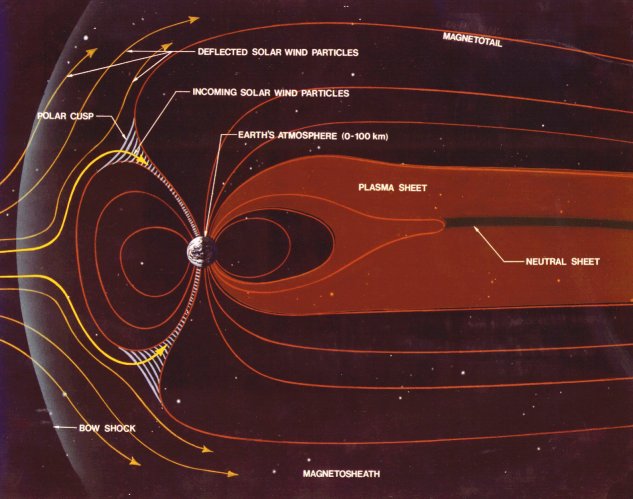
Thursday, September 18, 2008
Outside-in, upside-down

Abelardo Morell travels the world and converts full-size rooms (some spare, some ornately rococo) into immense camera obscura devices. He brings the outside in through a tiny pin-hole, and by the alchemy of optics, the outside is projected quite naturally upside down superimposing and hugging the surfaces of everything in the room. Then, he photographs the resulting “installation” with his 8 x 10 view camera and enlarges the prints to mural size.
Lens Culture photographer interview: Abelardo Morell
Rakiura
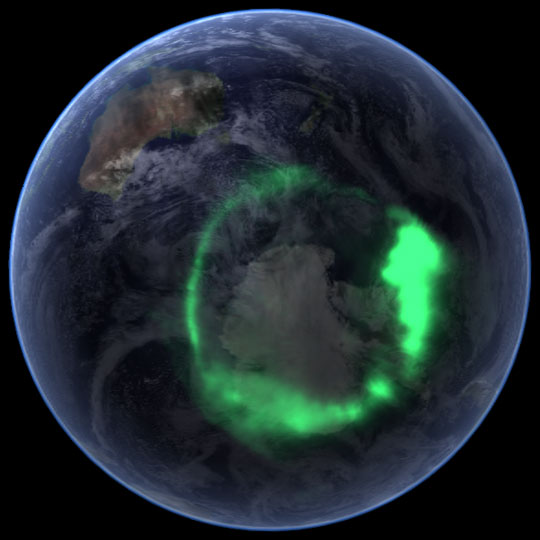
The Māori name for Stewart Island, at the south of the South Island, is Rakiura, which means ‘glowing skies’. This may allude to the aurora australis, or simply to the dramatic southern sunsets.
Te Ara Encyclopedia of New Zealand
Weather in Antarctica
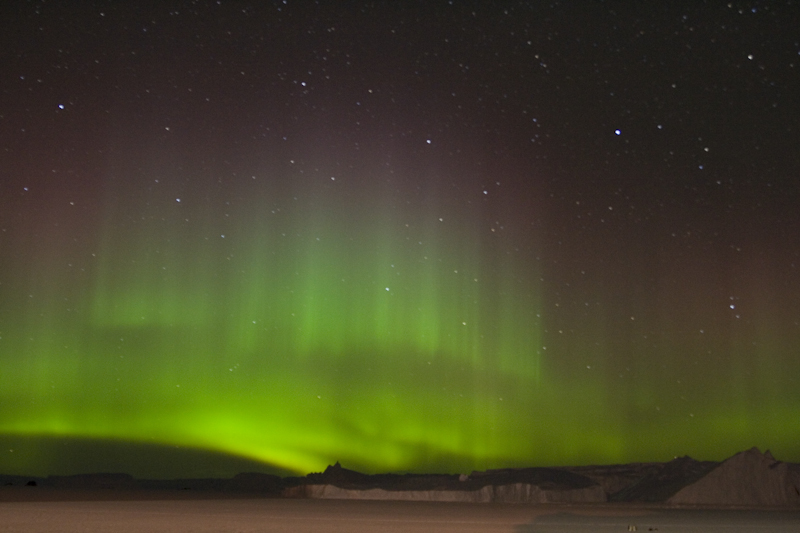
One can only observe auroral displays at the South Pole during the six months from March to September, the rest of year the Pole experiences 24 hours of sunlight.
Antarctic Connection
Deep South Astrophotography

Beautiful Photography of the Southern Lights across the South Island of New Zealand.
Night Sky images by Stephen Voss
Wellington Astronomical Society
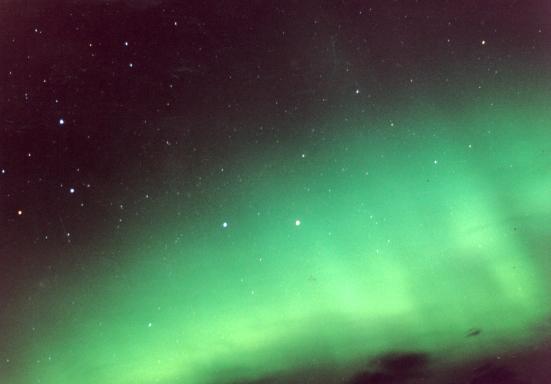
The auroral displays created by the sun's energy entering our atmosphere at high speed can sometimes be seen at latitude 41 degrees south. The Australasian Telephone Aurora Alert network is triggered at such times, to enable as many people as possible to see and image the display from their location.
http://www.was.org.nz/01aa.html
Paleo-camera Theory

Harsh climates in the Paleolithic era forced humans and their predecessors to adopt heat-retaining dwelling strategies, including the use of hide tents in cave mouths, under rock overhangs, and in the open. Small random holes in these hide tents would have coincidentally and occasionally formed camera obscuras, projecting moving images inside the dwelling spaces. These ghostly images carried with them spiritual, philosophical, and aesthetic implications.
Field reconstructions to test Paleo-camera Theory
Aurora Australis time-lapse footage


Filmed during the Antarctic winter in the general vicinity of McMurdo Station and Scott Base, where the sun is below the horizon for 4 months of the year.
Most of the individual clips here were each taken over about a 10 minute period to give you an idea of how much they were moving in real time.
Time-lapse footage of the Aurora Australis, by Anthony Powell
Auroral Mechanism
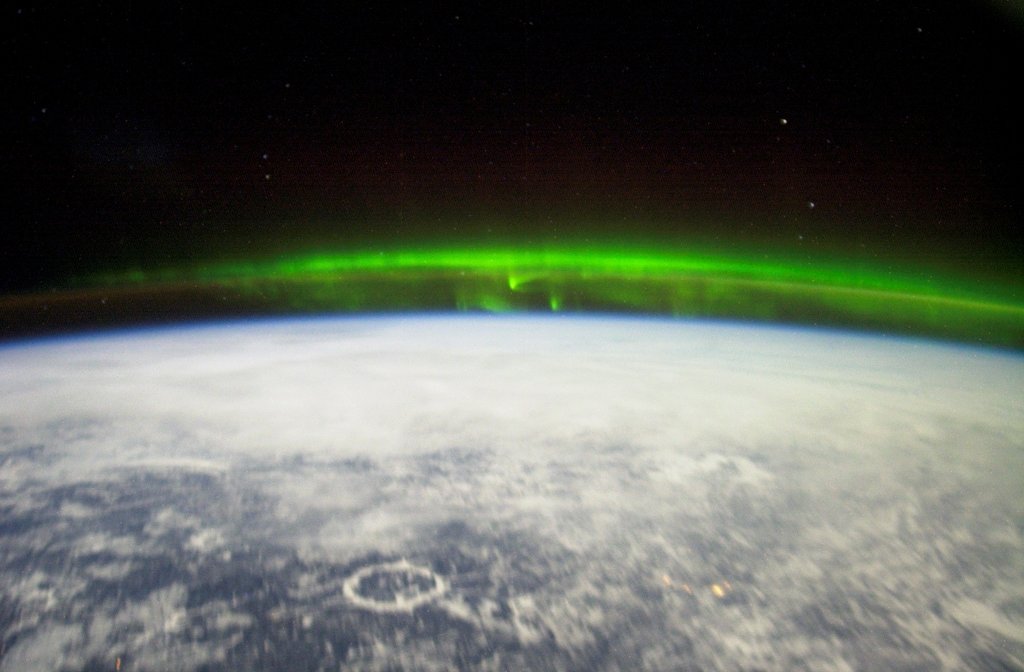
Auroras can also be understood as being caused by the collision of charged particles (such as electrons) found in the magnetosphere with atoms in the Earth's upper atmosphere (at altitudes above 80 km). These charged particles are typically energized to levels between 1,000 and 15,000 electronvolts and, as they collide with atoms of gases in the atmosphere, the atoms become energized. Shortly afterward, the atoms emit their gained energy as light (see Fluorescence). Light emitted by the aurora tends to be dominated by emissions from atomic oxygen, resulting in a greenish glow (at a wavelength of 557.7 nm) and—especially at lower energy levels and higher altitudes—a dark-red glow (at 630.0 nm wavelength). Both these represent forbidden transitions of electrons of atomic oxygen that (in the absence of newer collisions) persist for a long time and account for the relatively slow (0.5-1 s) brightening and fading of auroral rays. Many other colors—especially those emitted by atomic and molecular nitrogen (blue and purple, respectively)—can also be observed. These, however, vary much faster and reveal the truly dynamic nature of auroras.
The Aurora Borealis as viewed from the International Space Station Expedition 6 team.
Wednesday, September 17, 2008
Auroral Activity

22 auroral activity images from the POLAR spacecraft (11 from the VIS instrument, and 11 from the UVI instrument).
POLAR Auroral Activity Images
Subscribe to:
Posts (Atom)

